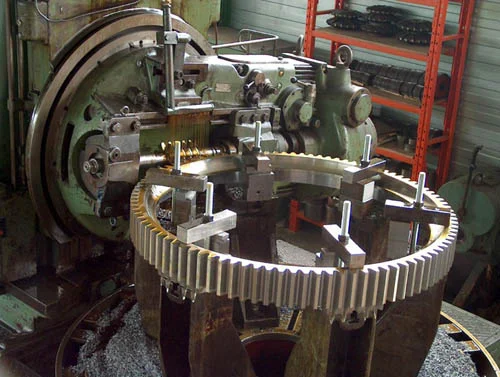Gears are the pillars of modern mechanics, present in almost every mechanical device we use daily. Understanding The fundamentals of gear manufacturing is essential for anyone interested in precision mechanics or engineering. This article explores the basics of this complex process.
Design and materials
The first step in gear manufacturing is design. Indeed, engineers must determine the precise dimensions and shape of the gear according to its final application. The materials used vary according to the required strength and durability.
This ranges from alloy steel to bronze and polymers. Each material offers unique properties, and the choice depends on the gear's operating environment, the load it will bear, and the speed at which it will rotate.
Machining and gear cutting
Once the design is finalized, machining begins. This phase can involve various methods, such as milling or turning, to form the rough silhouette of the gear. Gear cutting is then performed to precisely sculpt the gear teeth. This step is crucial: accurate teeth ensure efficient power transmission and reduce wear over time.
Finishing and quality control
After gear cutting, the gears undergo finishing treatments, such as grinding or lapping, to achieve a smooth surface and optimal dimensional precision. Quality control is present throughout the manufacturing process, but it is at this final stage that the gears are meticulously inspected to ensure they meet all the required technical specifications.
Importance and expertise
The fundamentals of gear manufacturing are not limited to the production of parts; they encompass expertise that ensures the proper functioning of complex machines and the satisfaction of clients' specific needs.
At Atelier Sauvage, we are committed to maintaining these high standards in every gear we produce, thus ensuring that The fundamentals of gear manufacturing are more than just steps in production, but the foundation of a commitment to excellence and quality.

